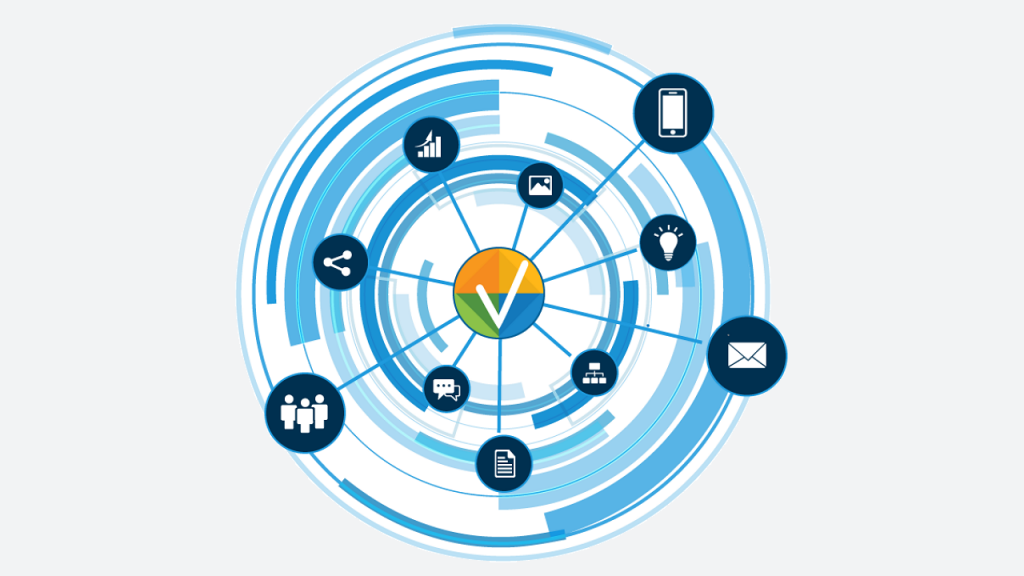Collaboration is nothing new of course. Communication in groups or teams, and between people at work has always happened, but generally in some context related to a work activity, project or process. Examples might include making decisions (such as a making a design choice in a development project), asking for advice (such as asking experienced colleagues how to deal with a situation), and dealing with exceptions (such as to how to handle a new type of customer complaint).
It seems to me that this has been forgotten in the way collaboration software has been conceived and implemented, and in the way that collaboration has been written about in the last few years. Collaboration software has become a category of itself, a place where unstructured interaction happens quite divorced from more structured business processes.
Perhaps this stems from collaboration tools like chat and enterprise social networks being viewed as email replacements. I remember email being hailed as the “killer app” of the Internet, the hugely more convenient and faster replacement for writing letters. As such email became the thing itself, disconnected from other business activity.
But when I first started work, I also remember (showing my age now) paper-based case files in which one side held all the documents, external correspondence and forms (recording the process). The other side contained the hand-written informal jottings and meeting notes between the staff dealing with the case (in other words the “collaboration”). The file would also hold an index of its contents, and cross-references linking the informal collaboration notes and the formal documents and forms. Everything in one place – process, documents and collaboration. Anyone new to the situation could review the file and quite readily apprise themselves of the case. Not only that, they could feel confident they had the single, authoritative source of all the information required.
Compare that with today. Someone looking at say, a customer complaint, might need to locate information from a CRM, a document management system, network folders, a content sharing service, one or more chat systems, call centre records, plus any number of emails, most of which will be duplicates. (Meanwhile, by the way, the customer is probably doing something similar, finding and collating emails, their contracts or agreements, notes of phone calls, etc.).
Email and chat both added a short-sighted convenience and efficiency at the point of use. But first email, then more recently so-called team collaboration and enterprise chat software, by being siloed in completely separate technology stacks from business processes, and by relying on rampant duplication to enable sharing, have led to huge inefficiencies in managing processes and knowledge further down the track. Which is a pity really, because when you think about it, a great feature of human conversation is the ability to connect many different things together.
It is surprising that digital transformation efforts have not focused more attention on this, and taken a more holistic approach to every part of “getting work done”. Instead there often seems to have been a slavish transference of existing ways of working from one technology to another – desktop to mobile, email to chat, etc – under the banner of transformation, but in reality missing opportunities for more fundamental change.
With IoT and AI, by persisting with an artificial disassociation between unstructured and structured activities, and between collaboration and process, this misses yet more opportunities for improving the workings of business. With the right collaboration framework, sensors and monitors, working with AI agents, can initiate discussion with and among human participants, experts and managers when exceptional circumstances or data combinations arise. This has many applications in healthcare, logistics, engineering, manufacturing, finance and probably every other area of human activity.
So getting collaboration right isn’t just about selecting a new chat tool. In fact, thinking about collaboration in isolation probably misses the point. To fully maximise the transformational opportunities afforded by new technologies requires whole systems thinking, ensuring all the elements of communication, process and knowledge are harmonised.

